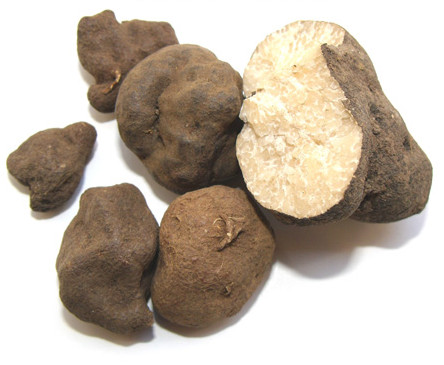[1] Barefoot Doctor's Manual- 1977 Prepared
by the Revolutionary Health Committee of Hunan Province. Original Chinese manual-
Victor W. Sidel. Originally published by Dr Joseph Quin and the Fogarty International
centre, Bethdesda (1974). Madrona Publishers Seattle Washington ISBN 0-914842-52-8
[2] A Complete English Dictionary of Medicinal Terms in Chinese Acupuncture
and Herbalism 1981- Henry Lu Chinese Foundations of Natural Health- The Academy
of Oriental Heritage, Vancouver, Canada.
[3]
tcmwiki.com
Images
1.
blueanimalbio.com
2.
tcmwiki.com Omphalia
lapidescens 雷
丸
Léi wán Dry
fungus nucleus Family: Polyporaceae.
Omphalia
lapidescens 雷
丸
Léi wán Dry
fungus nucleus Family: Polyporaceae.
